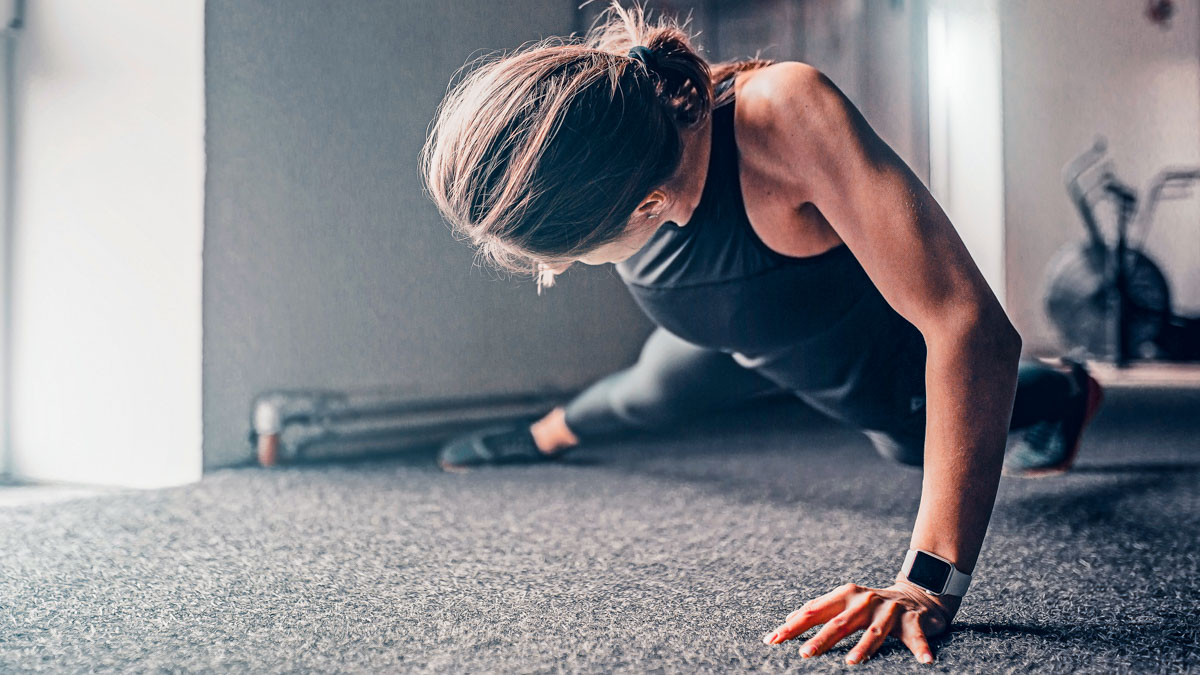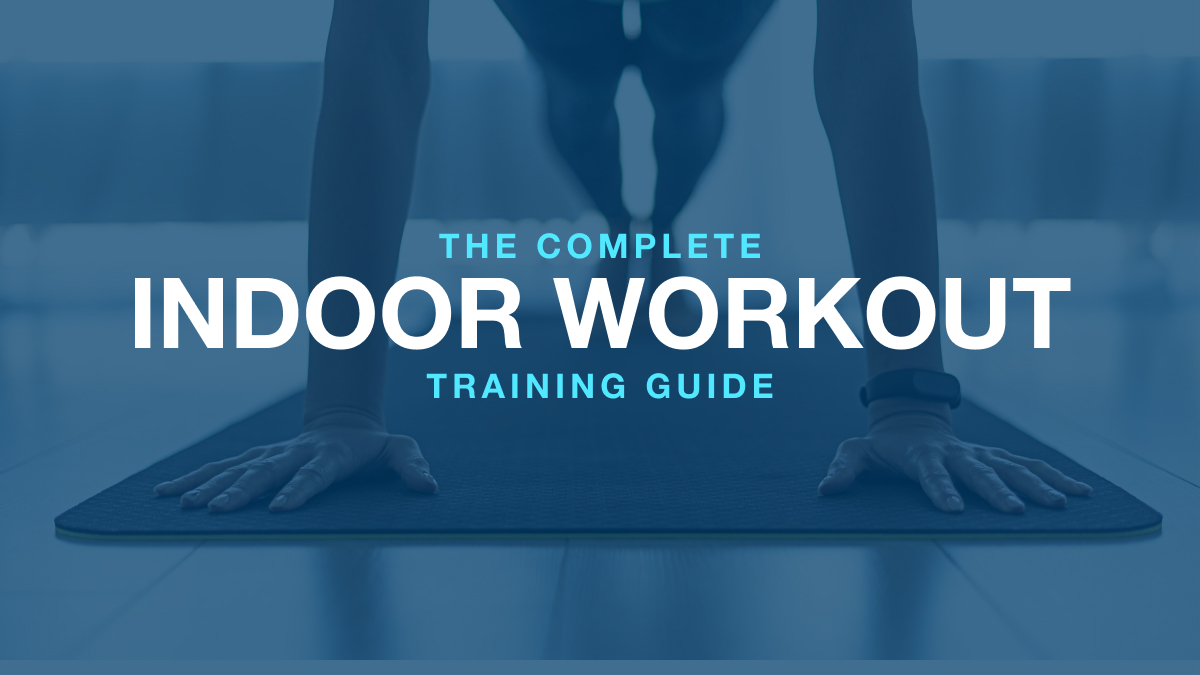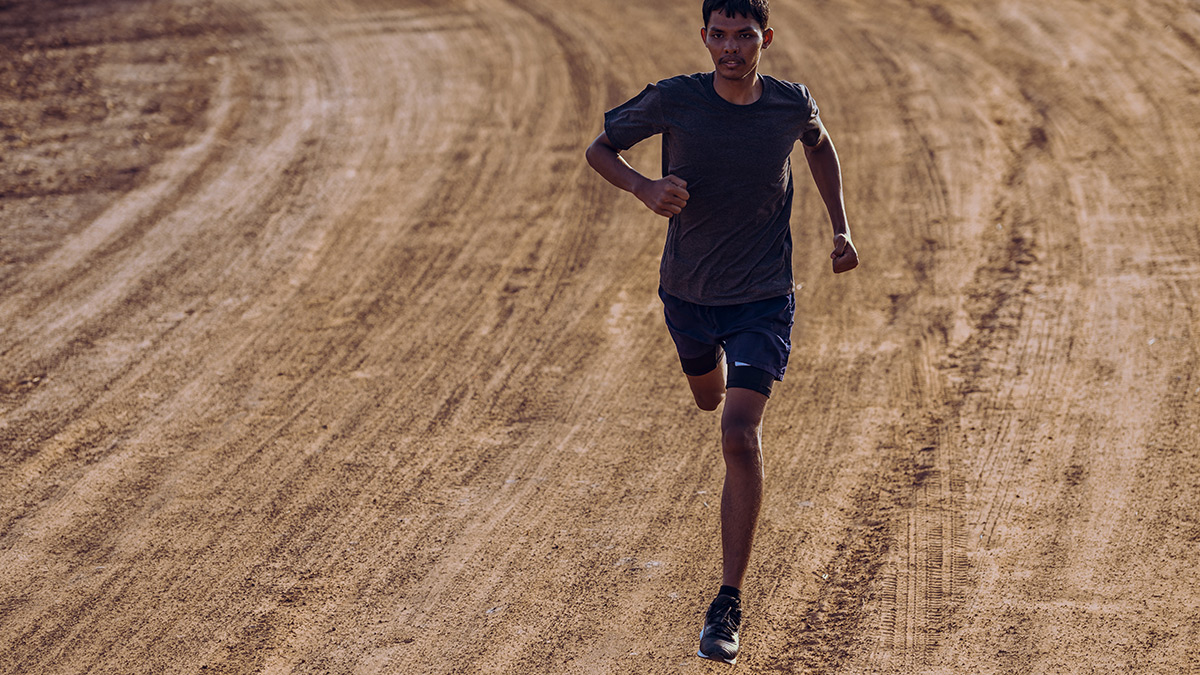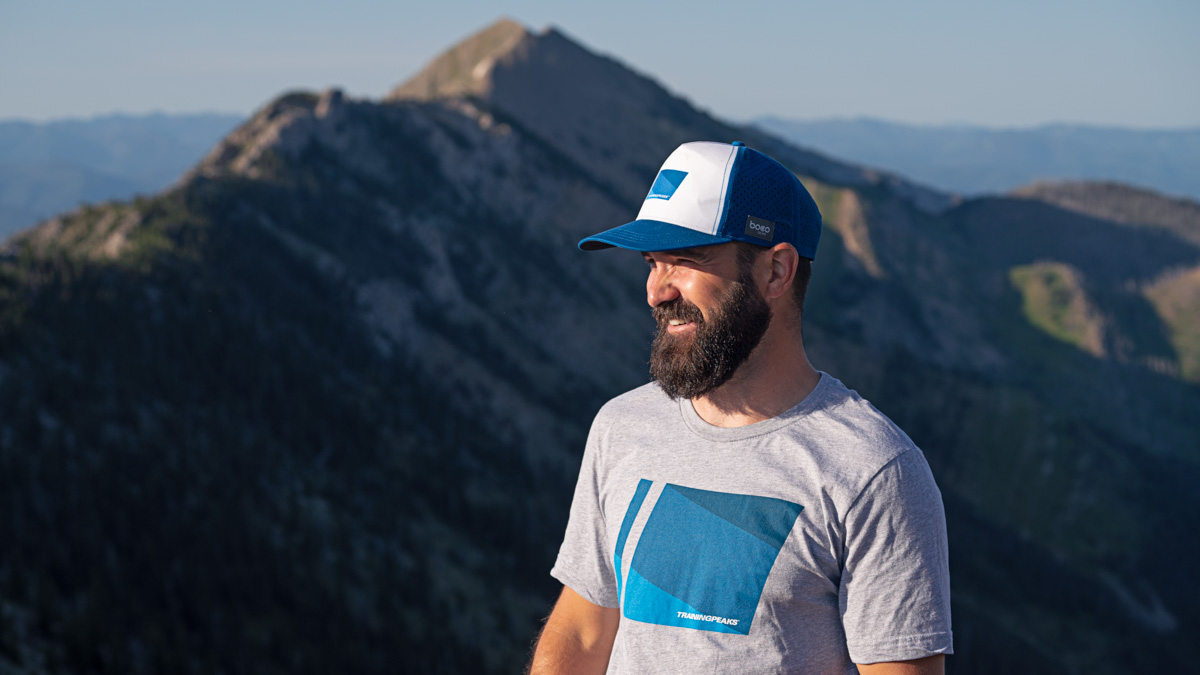As coaches and athletes, we tend to think of training load as isolated from life stress. However, in reality there is a strong relationship between the global (or total) stress on an athlete—and the amount of training load that can be applied without system collapse in the form of injury, illness or overreaching/overtraining. To optimize adaptation, we need to think of stressors as a sum total, and not separate them into “bins” or “zip codes.”
Unfortunately, it is common for athletes to ignore life stress while training at a high load, or even to try to escape life stress by adding load (“exorcising” the demons). In reality, no one ever leaves their stress in the garage when they start a ride, or drops it in a duffel bag at the door of the gym when they walk in. Having the discipline to reduce training load when life stress accumulates (and take appropriate steps to mitigate life stress to optimize training) is a sign that an athlete is maturing and taking full responsibility for their actions.
Paul Chek’s Foundational Principles
In the many relationships and interactions I have had with athletes, I have found it helpful to remind my clients of Paul Chek’s Six Foundational Principles: breathing, thinking, sleeping, movement, eating and drinking. By respecting the right relationship with these principles, every athlete from local amateurs all the way to World Tour professionals can maximize their chances for healthy expression of their highest potential.
While it is the nature of the modern competitive athlete to look for gizmos, supplements and toys to gain an edge, most of what a real athlete needs is already there, inside the perfect Ferrari engine: the human body. When I ask my client to follow The Six Foundational Principles, I am ensuring the athlete has the basics covered before we get to the more technical or detailed aspects of their challenges. In many cases, when an athlete carefully follows these guidelines, the most challenging aspects of their health are resolved seemingly “on their own.” You can find additional resources and examples for each principle in the references at the end of this article.
Breathing
Breathing habits are crucial for optimal health and play a large role in many aspects of the expression of our optimal selves. Breath is the window between the conscious and the unconscious; it is the easiest way for us to influence the rhythm and oscillation of our bodies, by consciously focusing on something that will happen unconsciously without attention.
Your breathing habits are a reflection of your emotional state, and cultivating a breathing practice can help bring balance to the autonomic nervous system. A breath practice is the first step in learning to control your response to external stressors.
Thinking
An athlete with poor thought habits or negative self-talk will be very challenged to reach their highest potential. Beating yourself up or engaging in comparative, negative thinking, means navigating a minefield of negative energy in your experience. The most effective way to clear the mind is through meditation, in particular, a meditation practice that teaches the athlete to separate consciousness from the thoughts they are having.
Meditation can take many different forms: for some athletes, stillness is needed medicine that complements their physical pursuits; for others, a more fluid and dynamic form may be more effective, such as Tai Chi, or walking with box breathing. Remember, your thinking habits have a direct link to your biochemistry, which strongly influences how your immune system responds to challenge.
Sleeping
Cortisol is one of the three primary hormones, and it rises and sets with the sun. When an athlete is subject to global stress levels that are too high, cortisol levels may remain high through the night, which can delay or prevent reparative cycles of sleep (including deep sleep and REM sleep). This leaves the athlete waking up feeling tired and incompletely recovered.
Maintaining good sleep hygiene, including a consistent bedtime each night, limited blue light exposure after dark, and pre-sleep relaxation are all methods to reduce cortisol levels in the evening. When cortisol levels are properly regulated, recovery from training is far more effective. Daily sleeping patterns have a massive impact on hormonal rhythm, which plays a key role in the baseline health of any athlete.
Movement
The right relationship with exercise means not falling into the “more is always better” mindset, or becoming a human Labrador who chases the ball until its feet are bloody. A mature athlete uses training and movement as a means to increase health and function, and also understands that not all movement has to be “Yang,” or catabolic in nature. Restorative “Yin” activities are also a part of a balanced and healthy relationship with exercise.
This also means understanding the limits of cycling as an athletic practice and seeking to balance whole-organism function with complementary exercises. Treating cycling as a practice means not always smashing yourself on the bike every chance you get.
Drinking
Chronically dehydrated athletes will tend to have connective tissue challenges like tendonitis, torn ligaments, etc. You also need water to store carbohydrates in the form of glycogen. I recommend drinking approximately half your weight in ounces of local, clean spring water per day. Our water should be slightly saline, and while there are many mineral formulas on the market, a simple and actionable way to re-mineralize water is a tiny pinch of Celtic sea salt in your (ideally glass) bottle for each 500ML serving.
Keep in mind that tap water is filled with fluoride, chlorine, and often other people’s prescription medications, which can pass through municipal water treatment. I don’t take Rx drugs and I don’t want to take other people’s either!
Eating
I do not recommend following any one specific diet, but I do recommend following the ideal diet for you. By focusing on whole, organic foods that are appropriate for your body type, you can maximize your body’s ability to function ideally; minimize chronic inflammation; have an appropriate and effective immune response, and express its athletic potential. Here are a few guidelines that any human can benefit from following:
Minimize Refined Foods
This means emphasizing whole foods that can be peeled, picked, skinned or caught. If you can’t find it in a forest, river or farm, don’t put it in your mouth. This is a simple but powerful line to draw in the world of food choices. This also means: the more processed or manufactured a food is, the more you should avoid it. Endurance sport culture justifies the consumption of highly processed foods, using convenience as an excuse—but you may notice a significant difference in your wellbeing and performance if you avoid the bars, powders, and gels as much as possible.
Minimize Sugar
Simply put, sugar does nothing good in the body and every time you eat it, understand that you are compromising your health. Refined sugar consumption increases respiratory rate and creates an insulin response. Additionally, sugar challenges the immune system. The less sugar you eat, the less stress you introduce to your system. This includes alcohol, most of which has a high sugar content, or is commonly served with sugars added.
Minimize Grains
If you are an endurance athlete this one can be tricky, as the culture of endurance athletics has glorified grains as a fuel source, and carbohydrates are a necessary fuel for intense, explosive or anaerobic athletic competition. They’re also often the easiest carbohydrate to get and consume. Unfortunately many endurance athletes have significant blood sugar challenges and some are pre-diabetic as a result of these choices.
Most grains are very refined and cause problems in the gut biome or blood sugar regulation issues—and there are other ways to fuel your glycogen tank, such as rice, starchy vegetables (any veg that grows below the ground), and fruit. If you would like to understand more about what diet is best for you, I recommend taking the Metabolic Typing Diet Test.
Managing Training Load
This isn’t one of Paul Chek’s principles, but it’s an important element of your stress equation. In times of increased stress, managing training load with some consideration to stress is critical in ensuring the athlete stays healthy.
Recognize that long, hard rides will disrupt hormones, increase cortisol, and deplete the immune response. In times of significant life stress, consider reducing your ride or workout volume in order to avoid complete depletion of glycogen stores or hormones.
Ride duration is important: hormones are impacted when rides last longer than 90 minutes, and again after about 3 hours of endurance exercise. Depending on rider fitness and context, ride durations may need to be engineered around these guidelines during times of high off-the-bike stress.
Recognize that super intense interval sessions will also compromise immune response, with a small likelihood that the extra intensity will result in a meaningful fitness gain. So don’t feel bad about skipping the last rep in a hard interval workout when off-the-bike stress levels are very high—it’s a sign of your body awareness and maturity as an athlete.
Recognize that training in a depleted state or negative energy balance, or fasting in conjunction with training will put the athlete at increased risk for illness. Attention to fueling is always important, but arguably more so during times of increased stress.
Navigating the ideal dose of training load can be nuanced during times of increased stress, but ultimately the athlete has to train consciously, and not follow a plan just because it has been posted in a calendar. Avoid the “Chronic Cardio Labrador Syndrome” and choose your training load with intent and intelligence.
Whenever stress or circumstance restricts your training, be cognizant of the “falling behind” mindset, which is a trap of negative, comparative thinking, and will not serve your highest good. It doesn’t matter what another rider is doing; what matters is what is healthiest and most beneficial for you right now. Tune in, and you’ll be a better athlete for life.
Resources:
Paul Chek’s 6 Foundational Principles
How To Eat, Move and Be Healthy by Paul Chek
Breathing: The Oxygen Advantage by Patrick McKeown
Thinking: Eco Meditation by Dawson Church
Meditation: Living 4D with Paul Chek: Dawson Church
Meditation: Michael Holt meditation class
Life skills: https://savageandsaint.com
Water: Ben Greenfield Water Podcast
The Metabolic Typing Diet by William Wolcott








